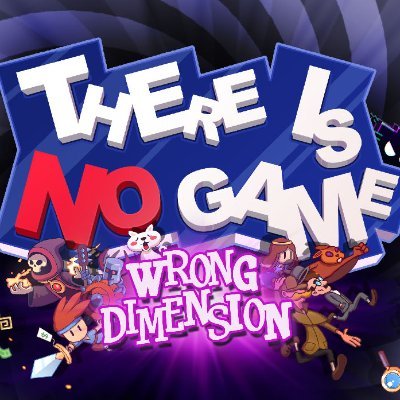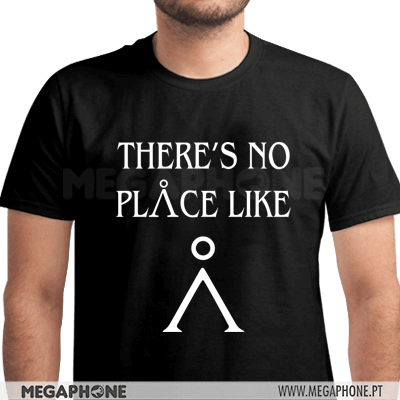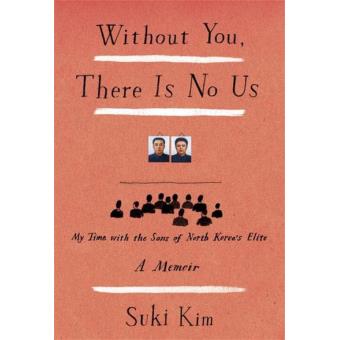In English grammar we use “there is” or “there are” to talk about things we can see and things that exist.
- There Is No Try Only Do
- There Is No Spoon
- Yoda There Is No Try
- There Is No Meme
- Where There Is No Vision The People Perish
- There Is No Game Apk

There Is No Game is a tricky, puzzle game (or not game). Disobey the instructions, because there is no game! This funny adventure isn't about rules. In fact, your entire job is to ignore the narrator! Break the title, play with the speaker icon, and unlock mini-games. Try to find the goat! There is No Game offers us a short but thrilling experience and a very original concept. Five Nights at Freddy's. Five Nights at Freddy's. Played 27 293 844 times. In a question, there's been a correction and instead of the original. I'm seeing an answer on SO and I feel that I'd need to post a comment to it with a relevant follow-up question. However, there's no link nor button to do that. The edit changed it into. There isn't an apple on the table. There is no is frequently used for universal statements, such as: There is no hope; there is no way; there is no chance/possibility. There is not, frequently abbreviated to there isn't. Is generally used to make a simple negative statement or to deny a positive one. This extends to 'no' as well. Using 'no' combined with a singular is possible, but implies that there would only be either one of that thing, or nothing. This is much more rare (though it comes up from time to time). You might read in the newspaper, 'When asked about the situation, the press secretary had no comment.'
We use “there is” for singular and uncountable nouns, and we use “there are” for plural countable nouns.
“There are five people in the office.” (plural countable noun)
“There’s a television in the living room.” (singular countable noun)
or “There’s some milk in the fridge.” (uncountable noun)
See our page on English nouns for more information about countable and uncountable nouns.

Using “some”
With plural countable nouns we can either give the quantity (“five people”) or use “some” if we don’t know the exact quantity.
“There are five people in the office.” (We can see five people exactly)
“There are some people in the office.” (We don’t know exactly how many people)
With uncountable nouns we also use “some”.
There Is No Try Only Do
“There’s some milk in the fridge,” (I don’t know the exact quantity.)
“There’s some money in my wallet.” (I don’t know exactly how much money.)
Remember: with singular countable nouns we use a/an, the, or another determiner or pronoun – not “some”.
“There’s a woman in the shop.”
“There’s the woman who works in the hospital.”
“There’s my sister in the photo.”
Negative form and using “any”
There are two ways to form the negative.
1. Add not or n’t to the end of the verb. See our page on the verb to be for more information on forming negatives and questions.
“There isn’t a freezer in the kitchen.” (singular, countable noun)
“There isn’t any money in my wallet.” (uncountable noun)
“There aren’t any students” in the classroom. (plural noun)
For uncountable nouns, use “any” after the negative “isn’t”, and for plural countable nouns use “any” after “aren’t”.
Remember: Do not use “any” with singular countable nouns.
“There isn’t a single biscuit left in the packet.” (Not “There isn’t any single biscuit left in the packet.”)
2. Use “no” after “there is” or “there are”.
“There is no freezer in the kitchen.” (singular countable noun)
“There are no students in the classroom.” (plural noun)
“There’s no coffee left.” (uncountable noun)
However, it’s more common to use “isn’t + a” for singular countable nouns, “isnt + any” for uncountable nouns and “aren’t + any” for plural nouns.
If you need more help with English grammar, see our page on some and any for more information.
Question form and using “any”
1. To make a question, change the word order from subject-verb to verb-subject:

There is a + singular noun = Is there a + singular noun?
“Is there a toilet on this train?”
2. Then, change “some” to “any” in questions.
There is some + uncountable noun = Is there any + uncountable noun?
“Is there any time to go shopping?”
There are some + plural noun = Are there any + plural noun?

“Are there any trains to London this morning?”
Short answer form
Yes, there is. / No there isn’t.
There Is No Spoon
Yes there are. / No there aren’t.
There is, There are, Some, Any Exercise
Choose the correct answer.
Yoda There Is No Try
Now go on to the next page where you learn how to use the modal auxiliary “can”: Learn to Use Can for Permission and Requests in English

Speak English Fluently!
Hi! I’m Clare, an English teacher and the founder of this site.
I can help you speak English more easily! Here are two things for you:
There Is No Meme
10 Essential Fluency Phrases – Get the phrases for easy conversations
NEW: Get An Advanced English Vocabulary In 30 Days – Go from Intermediate to Advanced level
Where There Is No Vision The People Perish
NPR’s sites use cookies, similar tracking and storage technologies, and information about the device you use to access our sites (together, “cookies”) to enhance your viewing, listening and user experience, personalize content, personalize messages from NPR’s sponsors, provide social media features, and analyze NPR’s traffic. This information is shared with social media, sponsorship, analytics, and other vendors or service providers. See details.
There Is No Game Apk
You may click on “Your Choices” below to learn about and use cookie management tools to limit use of cookies when you visit NPR’s sites. You can adjust your cookie choices in those tools at any time. If you click “Agree and Continue” below, you acknowledge that your cookie choices in those tools will be respected and that you otherwise agree to the use of cookies on NPR’s sites.